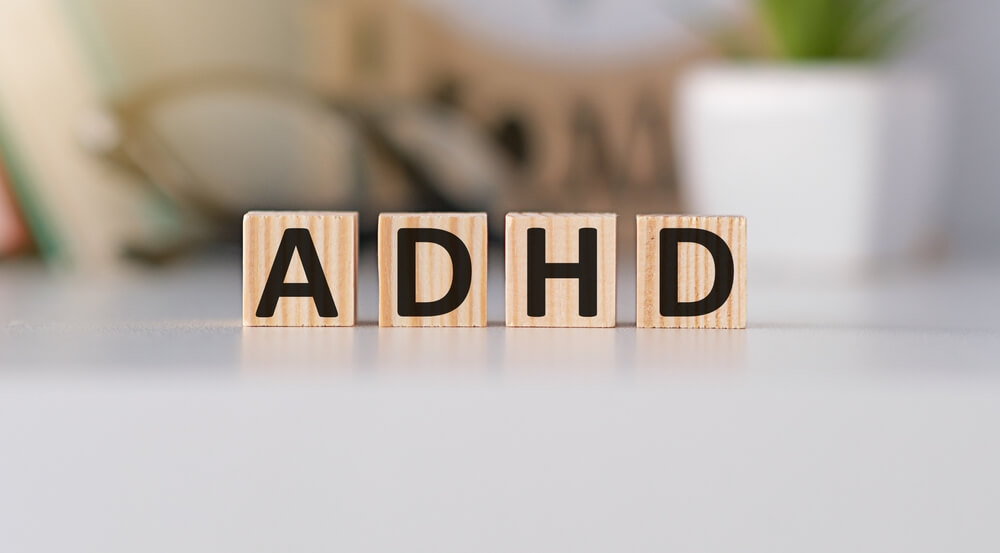
ADHD paralysis is a term that describes the overwhelming feeling of being mentally stuck, which many individuals with Attention Deficit Hyperactivity Disorder (ADHD) experience. This phenomenon can occur when someone with ADHD feels unable to initiate tasks, make decisions, or move forward due to an overload of stimuli or choices. Understanding ADHD paralysis involves recognizing it as more than just procrastination; it’s a genuine struggle rooted in the neurological differences associated with ADHD.
When discussing what ADHD paralysis means, it’s important to note that it often manifests as an inability to prioritize tasks or manage time effectively. The brain’s executive function struggles under pressure, leading to a sense of immobilization where even simple tasks seem insurmountable. This can be incredibly frustrating and may impact various aspects of life, including work performance and personal relationships.
By gaining a deeper understanding of ADHD paralysis, individuals and their support networks can develop strategies to manage these challenges more effectively. Techniques such as breaking tasks into smaller steps, setting clear priorities, and using reminders can help mitigate the effects of this condition and improve overall functioning for those affected by ADHD.
Recognizing the Symptoms of ADHD Paralysis
Understanding the symptoms of ADHD paralysis is crucial for individuals who may be struggling with this condition. ADHD paralysis, often linked to executive dysfunction, can manifest in various ways that impact daily life. One of the most common signs is difficulty starting tasks, even those that are important or have looming deadlines. This can lead to chronic procrastination due to ADHD, where individuals find themselves unable to initiate or complete tasks despite recognizing their importance.
Recognizing these symptoms early on can be pivotal in managing ADHD more effectively. Individuals may experience overwhelming feelings when faced with multiple tasks, leading to an inability to prioritize and begin any one task. This paralysis is not simply laziness or lack of motivation; it is a neurological challenge that requires understanding and strategic management.
Being aware of these signs allows for better coping strategies, such as breaking tasks into smaller steps or using timers to create a sense of urgency and focus. By acknowledging the difficulties posed by executive dysfunction and seeking appropriate support or interventions, individuals can better navigate their daily responsibilities and reduce the stress associated with ADHD paralysis.
The Underlying Causes of ADHD Paralysis

ADHD paralysis, a term often used to describe the overwhelming inability to initiate tasks, stems from complex neurological and emotional factors. At its core, ADHD is characterized by differences in brain function and structure that affect how individuals process information and regulate actions. One of the primary neurological bases for task initiation issues in ADHD involves deficits in executive functioning. This includes difficulties with planning, prioritizing tasks, and maintaining focus.
Moreover, emotional dysregulation plays a significant role in exacerbating ADHD-related paralysis. Individuals with ADHD often experience heightened emotional responses that can lead to feelings of frustration or anxiety when faced with tasks requiring sustained attention or effort. These intense emotions can further inhibit their ability to start or complete tasks, creating a cycle of avoidance and distress.
Understanding these underlying causes is crucial for developing effective strategies to manage ADHD paralysis. By addressing both the neurological aspects and emotional challenges associated with ADHD, individuals can learn techniques to overcome these barriers and improve their ability to initiate and complete tasks successfully.
The Impact of ADHD Paralysis on Daily Life and Productivity
ADHD paralysis is a phenomenon that significantly affects individuals with ADHD, leading to challenges in productivity and daily life management. This condition stems from the overwhelming nature of tasks, which can cause a person to feel stuck or unable to initiate action. For many, this paralysis impacts work and school performance, as the ability to prioritize and complete assignments becomes hindered by an inability to focus or decide where to start.
In daily life, managing tasks can become a daunting challenge. Simple activities such as organizing a workspace or planning meals may seem insurmountable due to the cognitive overload associated with ADHD. The struggle often lies in breaking down tasks into manageable steps and maintaining motivation throughout their completion.
Understanding ADHD and productivity challenges is crucial for developing effective coping strategies. Techniques such as creating structured routines, using visual reminders, and setting realistic goals can help mitigate the impact of ADHD paralysis. Additionally, seeking support from mental health professionals or utilizing tools designed for task management can provide further assistance in navigating these daily struggles. By acknowledging these challenges, individuals with ADHD can work towards improving their productivity and overall quality of life.
Practical Solutions for Overcoming ADHD Paralysis
ADHD paralysis can be a significant hurdle for many individuals, often making even the simplest tasks feel overwhelming. However, with the right strategies and coping mechanisms, it’s possible to navigate these challenges effectively. One of the most practical solutions for managing ADHD paralysis is breaking tasks into smaller, more manageable steps. This approach reduces the feeling of being overwhelmed and provides a clearer path to task completion.
Time management is another crucial aspect to consider. Individuals with ADHD may benefit from using timers or alarms to create structured time blocks for specific activities. This technique helps in maintaining focus and provides regular reminders to stay on track.
Additionally, creating a conducive environment for productivity can significantly impact one’s ability to manage ADHD paralysis. Minimizing distractions by organizing your workspace and utilizing tools like noise-canceling headphones or white noise machines can help maintain concentration.
Incorporating regular breaks into your schedule is also essential. Short breaks allow your mind to rest and recharge, preventing burnout and maintaining overall efficiency throughout the day.
Finally, seeking support from friends, family, or professional counselors can provide encouragement and accountability as you implement these strategies in your daily routine. By adopting these practical solutions, individuals with ADHD can gain greater control over their time and tasks, leading to improved productivity and reduced stress levels.
The Role of Professional Support in Managing Symptoms
Understanding the role of professional support is crucial for managing symptoms associated with attention disorders like ADHD. For individuals experiencing paralysis in decision-making or task initiation, exploring therapy options can be transformative. Cognitive Behavioral Therapy (CBT) and occupational therapy are often recommended to help patients develop strategies to overcome these challenges. These therapies focus on restructuring thought patterns and enhancing daily functioning skills, respectively.
Moreover, coaching strategies specifically designed for executive dysfunction can provide significant assistance. ADHD coaches work with patients to develop personalized plans that address organizational skills, time management, and goal setting. This practical approach empowers individuals by equipping them with tools to navigate daily tasks more effectively.
Knowing when to seek medical help is equally important in managing attention disorders. If symptoms significantly interfere with personal or professional life despite self-help efforts, consulting a healthcare provider is advisable. Medical professionals can offer comprehensive evaluations and discuss potential treatments, including medication options if necessary.
By leveraging a combination of therapeutic interventions and coaching strategies, individuals can better manage their symptoms and improve their quality of life. Professional support serves as a cornerstone in this journey towards greater independence and functionality.
Empowering Individuals with Effective Strategies Against ADHD Paralysis
In conclusion, empowering individuals with effective strategies against ADHD paralysis requires a multifaceted approach that combines self-awareness, practical techniques, and supportive resources. Understanding the nature of ADHD paralysis is the first step toward overcoming it. By recognizing personal triggers and patterns, individuals can tailor strategies that work best for them.
Implementing time management techniques such as breaking tasks into smaller steps and using timers can significantly reduce feelings of overwhelm. Additionally, creating structured routines and prioritizing tasks helps in maintaining focus and productivity. Mindfulness practices like meditation or deep breathing exercises can also be beneficial in calming the mind and improving concentration.
Support from family, friends, or professional therapists plays a crucial role in managing ADHD paralysis. Encouragement from loved ones can boost motivation while therapy sessions provide personalized coping mechanisms. Moreover, utilizing technology such as apps designed for task management or reminders can offer practical assistance in staying organized.
Ultimately, combating ADHD paralysis is about finding a balance between external tools and internal growth. With patience and persistence, individuals with ADHD can develop effective strategies to navigate their challenges confidently and achieve their goals.
